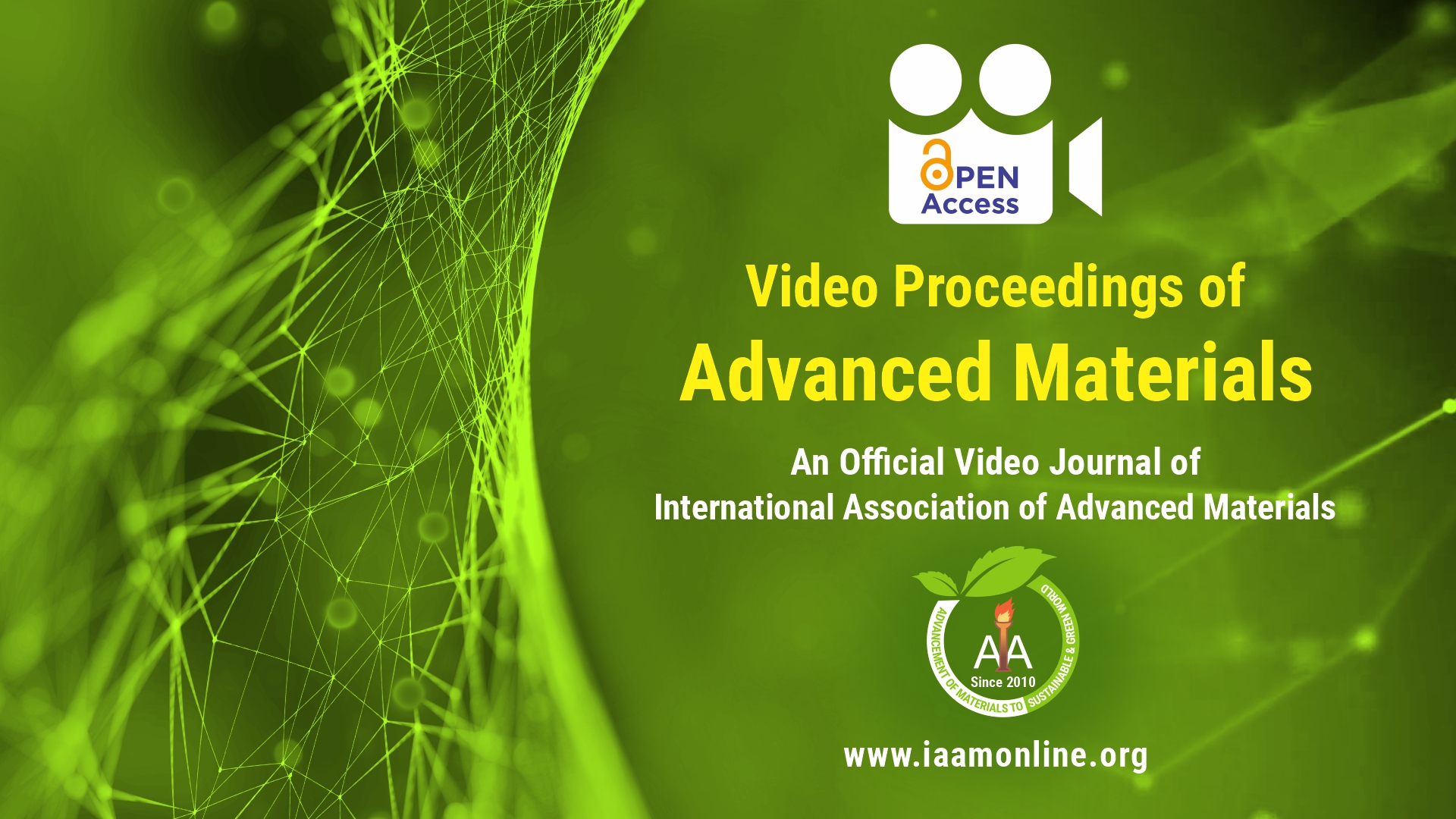Video Article Open Access
Catalytic Materials in Green-Fuels Synthesis
Lorenzo Spadaro1,2* and Alessandra Palella1
1CNR-ITAE, Messina, I-98125, Italy
2UNI-ROMA-2, Roma, I-00133, Italy
Vid. Proc. Adv. Mater., Volume 1, Article ID 2020-0824 (2020)
DOI: 10.5185/vpoam.2020.0824
Publication Date (Web): 02 Nov 2020
Copyright © IAAM
Abstract
Current prospective in the liquid fuels synthesis is prefiguring a greater integration of eco-friendly technologies based on the use of “non-fossil” hydrogen and CO2. Differently from fossil fuels, the “total-green-fuel” does not give rise to extra CO2 emission in atmosphere, because its combustion generates a CO2 release equal to that necessary for its manufacturing. Although the efforts to limit its presence in the atmosphere (CCUS technologies), CO2 it is assuming an even more important and strategic role in the energy field, as well as in the synthesis of industrial relevant products and chemicals. As proof, the most important industry companies, such as Haldor-Topsoe, are at the fore front in the use of CO2 as carbon feedstock for power-to-gas technologies, while other international petrol industries, as the Italian ENI, are redesigning the lines of production in a “greener” vision, by the development of new hydrogenation processes, such as ENI EcofiningTM, for the green-fuels synthesis, strategically prefiguring the production of ultra-pure CO2 as industrial practice. In this scenario, the development of more efficient catalytic materials for an effective hydrogenation of CO2 appears of great interest. Therefore, the activity and selectivity pathways of MOx@CeO2 (i.e. M=Cu, Fe and Zn) catalytic materials have been assessed in the CO2 hydrogenation reactions, going insight on reaction mechanism and shedding light on the structure-activity relationships. In particular, a higher copper content leads to the sintering of the catalytic surface, affecting catalyst morphology and activity, although, the partial replacement of cerium with iron seems to slightly favour the exposure of the metallic surface area of copper, resulting almost unchanged the total surface area of catalyst. The catalytic findings point to the synergic catalytic action of copper-to-zinc and copper-to-cerium, reflecting structural and electronic effects, driving to a favourable Cu°/Cu+ ratio and stabilizing Cu+ sites when Cu0-O-Cu+1 species across CeO2 interface.
Keywords
Advanced catalytic materials, CO2-to-fuels, renewable energy.
Acknowledgement
We thank EURECAT R&D division, site of the Gela ENI refinery, for support.
References
- L. Spadaro, M. Santoro, A. Palella, F. Arena, Chem Engineering. 2017, 1, 19.
- G.A. Olah, A. Goeppert, G.K.S. Prakash, J. Org. Chem. 2009, 74, 487
- L. Spadaro, A. Palella, F. Arena, Catalysis Today, 2020, in Pres
- L. Spadaro, A.Palella, F.Arena, Bull. Chem. React. Engin. & Cat., 2020, 15, 390
- L. Spadaro, A. Palella, F. Arena, Chem Engineering. 2020, 4, 4.
Biography
Lorenzo Spadaro, PhD, ScD, Industrial Chemist and Process Engineer, Senior Researcher of the Italian National Research Council and Qualified Professor of Industrial Chemistry. Researcher in chief of project “Design of Advanced Catalytic Materials and Processes Engineering for Energetic and Environmental Industrial Applications”. Professor of the Doctoral School in "Materials for Health, Environment and Energy", University of Rome "Tor Vergata".
Video Proceedings of Advanced Materials

Upcoming Congress



